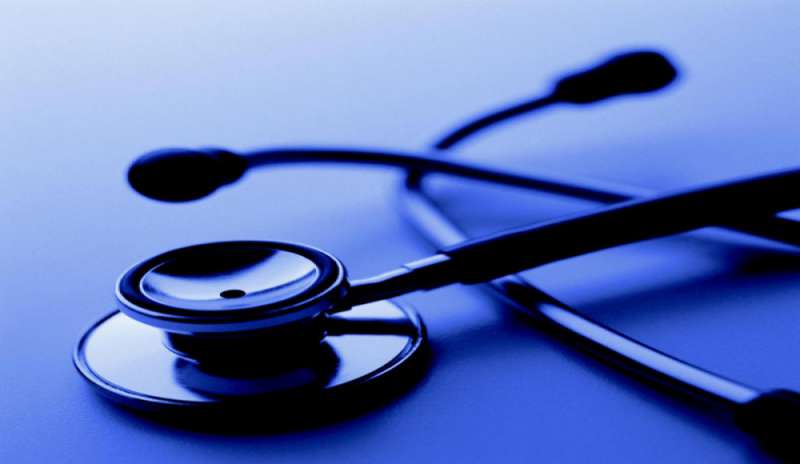
Arterial hypertension (HTN) represents a very serious health problem, needless to say about a quarter of the world’s adult population is affected by it due to our life-style, and appears to be ever on the increase. The prevalence of HTN varies according to different parts of the world, the lowest prevalence is registered in rural India (3.4% men and 6.8% women) while the highest is in Poland (68.9% men and 72.5% women). Cases that have been identified with certainty only account for 10-15% , often due to endocrine disorders or cardio-vascular ones. (Hyperaldosteronism, pheochromocytoma, renal artery stenosis, etc.) In most cases the causes are still to be identified, although genetic predispositions have been found as well as environmental factors such as nutrition, sedentary lifestyle, increased sympathetic nervous system tone in daily stress and ageing.
HTN represents the principle risk factor for developing cardiovascular disease. It plays an important role particularly in the pathogenesis of organ damage. Specifically, it is responsible for approximately 55% of myocardial cases of infarction (heart-attacks) and congestive heart failure, approximately 60% of strokes and represents roughly 27% of cases, the cause leading to Terminal Uremia in patients on dialysis. Symptoms in most cases are very misleading and nuanced and are often under-estimated, the detection of high blood pressure arises frequently following random measurement. In cases where there is significant hypertension symptoms like headaches, nausea, vomiting, tinnitus (ringing sounds perceived in the ear) and sometimes epistaxis (nose-bleeding) may follow.
Organ damage is often not easily detectable, but it is essential to carry out diagnosis tests aimed at fixing it and hence allow to reduce cardiovascular risks. Many clinical trials have demonstrated the presence of albuminuria (elevated urinary albumin excretion) in association with increased cardiovascular mortality rate in diabetic subjects than non-diabetic ones. Several studies have highlighted negative prognostic role of left ventricular hypertrophy and thickening of miointimal carotid, futhermore, a higher prevalence of these two complications exist in hypertensive subjects as compared to normotensive ones.
Recent studies demonstrate that in the absence of cardiovascular ultrasonografic evaluation aimed at identifying the presence of left ventricular hypertrophy and thickening of the vascular wall or artheriosclerotic plaques, about 50% of afflicted hypertension population may be classified at low or moderate risk. While presence of cardiac organ or vascular damage tends to place such patients in a higher risk group. Post- ad hoc analysis of prospective studies have proved pharmacologic therapy induces regression in left ventricular hypertrophy and albuminuria, reducing risk of cardiovascular disease. Such scientific evidence suggests the relevance in evaluation of organ damage in both clinical classification of hypertensive patients during the follow-up in order to better assess the efficacy of anti-hypertensive treatment.
Translation provided by Marina Stronati






